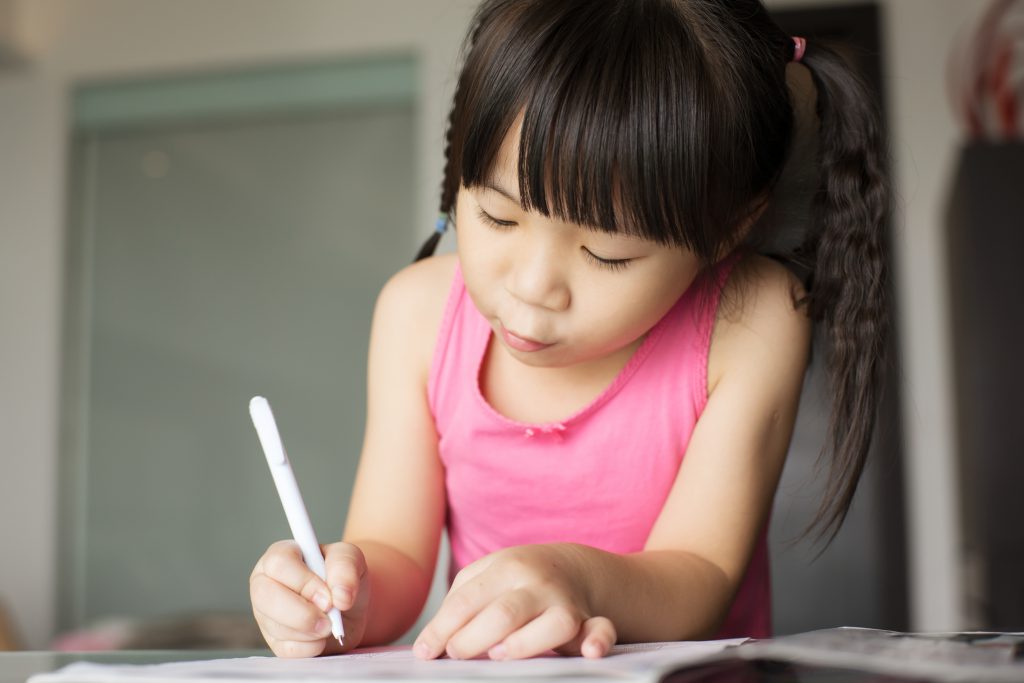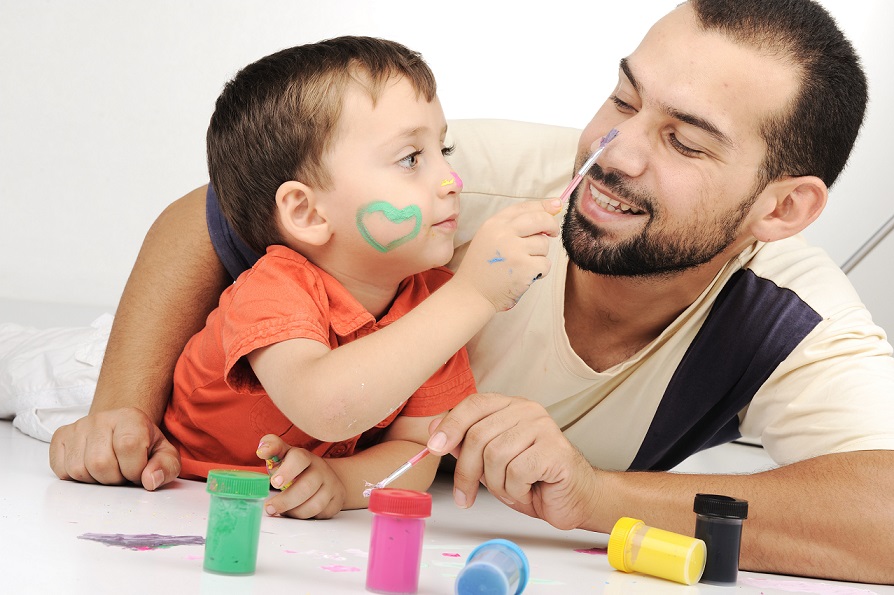4 Big Questions Early Childhood Professionals Have about Screening CLD Kids
We’re continuing our series recapping the 2019 MN Early Intervention Summer Institute, focusing today on Effective Practices for Dual Language Learners presented by Lillian Durán, PhD, Associate Professor in the Department of Special Education and Clinical Sciences at the University of Oregon. Dr. Durán began this information-rich session by making the case for bilingualism. In Minnesota, culturally and linguistically diverse (CLD) families, including Hmong, Latino, and Somali families, are a growing part of our urban and rural communities. Research shows that supporting dual language learners’ native language as well as their acquisition of a second language benefits them in the short term and the long term.

For example, think of a 3-year-old who speaks Spanish with her family at home and is learning English at preschool. Will becoming fluent in Spanish interfere with her ability to learn English? Far from it. The evidence shows that supporting her Spanish will result in better academic outcomes in English. Not only that, but when she joins the workforce as an adult, being bilingual will be an economic advantage.
Dive deeper with online courses from CEED such as Working with Parents: Using Infant Mental Health Principles to Support Special Populations. See all of our professional development offerings.
Durán shared Four Big Questions that professionals like special education teachers and speech-language pathologists may share when working with CLD children:
Big Question #1: How should I screen and assess CLD children?
Prepare yourself by considering a family’s cultural background and previous experiences. Prepare the family for your meeting by letting them know what is going to take place and how they are expected to participate. If an interpreter or cultural liaison is helping you, remember to set aside twice as much time for your meeting as you would otherwise—you don’t want to be rushed. The Pacer Center’s publications can help parents understand the process and what resources are available to them, and they are available in Spanish, Hmong and Somali.
Big Question #2: Which screening tools should I use?
Some standardized screening tools are available in Spanish, such as the Early Screening Inventory-Revised (ESI-R). The Ages and Stages Parent Questionnaire (ASQ-3 and ASQ:SE) is available in Spanish, Hmong, and Somali. But the availability of many tools in languages other than English is still limited. Consider other screening options—parent report, observation in natural settings, testing to the limits, and dynamic assessment (test-teach-retest), for example.
Say you are working with an interpreter. Could you simply ask him or her to translate a screening tool? The short answer is no. For one thing, developmental trajectories differ in different languages. For example, in some languages, children may learn more verbs before nouns, or the reverse may be true. Moreover, the assessment tool will have a cultural bias in the objects and concepts that the child is expected to know. Additionally, the interpreter would need early childhood assessment training for their report of the child’s responses to be accurate.
Big Question #3: How do I decide which language to test in?
Test in both—or all—languages, but not at the same time or on the same day. And don’t switch back and forth during testing.
Big Question #4: How do I take culture into consideration?
Interpreters and cultural liaisons can be incredibly helpful, but they must be properly trained. In the real world, interpreters often don’t receive sufficient training to understand your role and theirs, best practices for interpretation, and how families can benefit from what you have to offer.
When using standardized screening tools, ask yourself, “How might this family’s culture and background experiences influence development differently than the population on which the tests we are using were normed?” Make sure to document your answer to this question in your report.

The Talk With Me Manual from the Minnesota Speech-Language-Hearing Association features a wealth of information with links to further reading for professionals working with CLD families.
Dr. Durán emphasized that many factors shape second language acquisition, and that there is enormous variation between children. Tailor your approach to each young learner’s individual needs.
Thanks to our presenter, participants, and volunteers, and to the Minnesota Department of Education’s Division of Early Childhood Special Education–sponsors of the Summer Institute for the past 36 years. Check back for lots more from Summer Institute 2019!
Related subjects
Tags: assessment, child care, dual language learners, early childhood education, Summer Institute

